Third in a series of blog posts exploring IFPRI's work on climate change and its implications for food systems, land use, gender, and other issues in the runup to the the Sept. 23 UN Climate Action Summit 2019. Read the first here and the second here. This piece was originally published as an IFPRI blog, and is based on work done in partnership with WLE
“For all is like an ocean, all is flowing and blending; a touch in one place sets up movement at the other end of the earth” — Fyodor Dostoyevsky, The Brothers Karamazov
Atikah Nd’iaye inherited a 2-acre farm in Mopti, Mali, from her father 20 years ago. The farm was almost barren then, since it was on sloped land and all trees had been cleared over the previous 50 years. In addition to low soil fertility, the farm has experienced recurring droughts and strong winds, with the frequency and intensity of both increasing in the past few decades.
However, Atikah’s mother—who died five years ago—left a very strong legacy to her daughter: To never give up when facing challenges. Ten years ago, Atikah planted gao trees (Faidherbia albida) on the farm. The trees have multiple benefits that make them a valuable choice for resource poor farmers like Atikah. Gao trees fix nitrogen and their extensive root systems help to fertilize the soil, yet they also shed leaves during the rainy season, thus reducing competition for light. Consistent with on-farm trials, Atikah’s millet yield has doubled in the last four years.
Atikah has also used the gao tree leaves and pods to feed her cows, doubling milk production during the dry season. She has been harvesting gao branches to use as firewood, allowing her to significantly reduce the collection time. Meanwhile, droughts have impacted her yield variability less, further helping Atikah to adapt to climate change. The increased yields have allowed Atikah to sell her surplus crop and livestock products, helping her to significantly increase her household income, buy her kids better food, and generally improve the welfare of her household. Neighbors have noticed how she transformed a once-barren farm into a thriving one, and she has become a main advisor on gao intergration in crop and livestock production systems in her village.
What Atikah doesn’t know and probably doesn’t care is that gao trees also store a significant amount of aboveground and belowground carbon. Gao trees sequester about 2.45 and 0.76 tons of additional carbon per hectare in biomass above-ground and below ground, respectively, on top of 84 tons of carbon per hectare for crop-only areas. Atikah’s experience with planting trees confirms results from Chapter 6 of the recent IPCC 6th assessment report on Climate Change and Land, “Interlinkages Between Desertification, Land Degradation, Food Security and GHG Fluxes: Synergies, Trade-offs and Integrated Response Options” (I was a contributor).
Some responses to climate change may have benefits beyond reducing carbon footprints with no or limited tradeoffs, the report says, while others have significant tradeoffs. Sustainable Land Management (SLM) and other land-related responses like tree planting fall into the first category. The benefits include climate change adaptation and mitigation and restoration of degraded lands. This suggests avoiding, reducing, and reversing land degradation could enhance soil fertility, increase carbon storage in soils and biomass, while benefiting agricultural productivity and food security.
Thus, addressing land degradation and food security in an integrated, coordinated, and coherent manner has multiple and synergistic benefits. Mitigation and adaptation through land management practices is especially important, given that a quarter of the 2030 mitigation pledged under the Paris Climate Agreement is land-based. Thus, policies promoting the target of land degradation neutrality support food and nutrition security.
The IPCC report also identifies other solutions with multiple co-benefits with no or limited tradeoffs. For example, while 25%-30% of global GHG emissions come from food systems, consumption of balanced diets simultaneously reduces those emissions and improves health outcomes. Similarly, reducing food loss and waste and offering better dietary choices enable more SLM, enhanced food security, and low emissions trajectories.
Other climate responses have significant tradeoffs. For example, bioenergy production competes for land with other agricultural products. This tradeoff suggests bioenergy should be carefully managed—ideally through local government agencies and policies that reflect local interests—to avoid risks to food security, biodiversity, and land and soil sustainability.
As Atikah’s experience shows, the response options for addressing climate change are intricately interlinked, down to the level of small farms and the households that depend on them. Benefits and tradeoffs alike will affect a range of stakeholders, reflecting the interconnectedness of natural systems. To help farmers adopt the most beneficial options and get the most for their investments will require coordinated action across a range of institutions and actors—as well as more effective local governments. The key to success is involving people in land and climate decision making. This means including indigenous and local knowledge, and empowering women by addressing barriers to land rights and participation in SLM—which can also help household food security and sustainable land management.
IFPRI/WLE’s Ephraim Nkonya contributed to Chapter 6 of the recent IPCC 6th assessment report on Climate Change and Land, “Interlinkages Between Desertification, Land Degradation, Food Security and GHG Fluxes: Synergies, Trade-offs and Integrated Response Options"
Thrive blog is a space for independent thought and aims to stimulate discussion among sustainable agriculture researchers and the public. Blogs are facilitated by the CGIAR Research Program on Water, Land and Ecosystems (WLE) but reflect the opinions and information of the authors only and not necessarily those of WLE and its donors or partners. WLE and partners are supported by CGIAR Trust Fund Contributors, including: ACIAR, DFID, DGIS, SDC, and others.



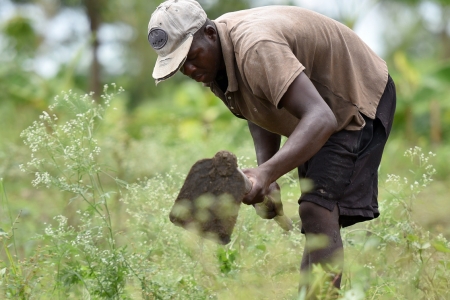

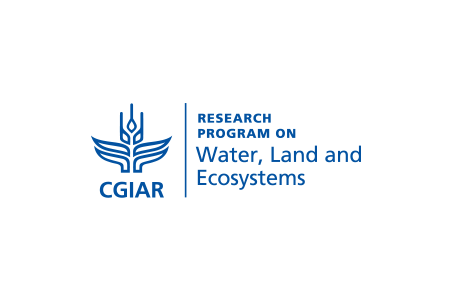
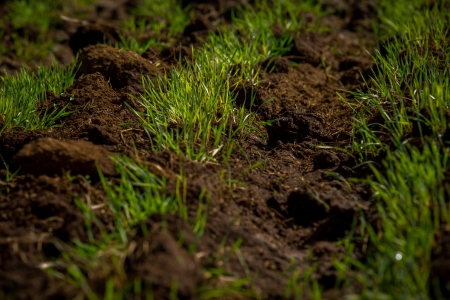

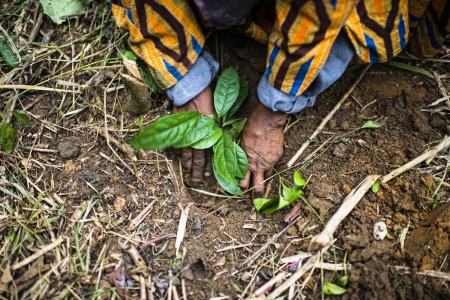



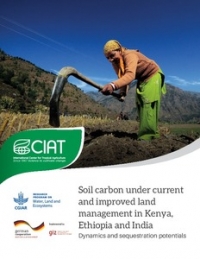
Comments
Trabajo sobre bajos naturales de la zona Lessica Pampeana Argentina, los cambios producidos en sus avances y retrocesos ha eliminado gran parte de los pastos naturales húmedos en estado natural, por la conversión hacia la ampliación de las fronteras agrícolas, ello ha llevado a un cambio notable en las condiciones climatológicas de nuestras Pampas y una contaminación de aire que estamos monitoreando, todo ello motivo de una Tesis de Maestría que estoy finalizando, Gracias por su colaboración y estamos tratando de visualizar la captura de Carbono Artmosférico a través de las pasturas naturales de nuestros bajos